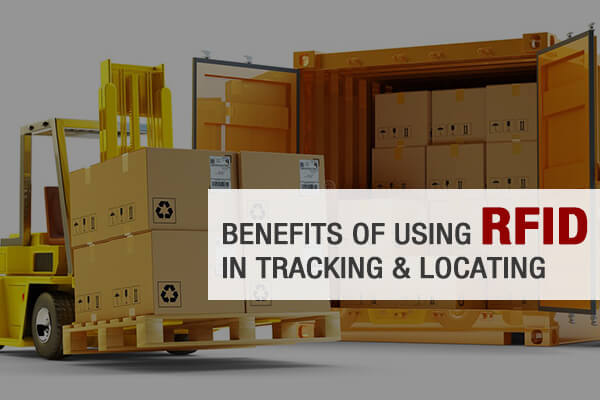The need for asset-heavy businesses to deploy effective asset tracking solutions has been solidified by the high rise in consumer and stakeholder demands. Built on active RFID technology, an RFID locating tracking system provides companies with real-time data on the movement and status of assets and employees. Though simple in how it operates, the technology is a groundbreaking way for businesses to maintain streamlined processes. Both active and passive RFID trackers work in similar ways to track movement but they are set up in different ways. Here are the benefits of using RFID in tracking and locating.
Real-time monitor and track assets
With active RFID location tracking systems, businesses can track the real-time movement of people and assets throughout a monitored area. The tags can be set up with sensors for monitoring the equipment operation or workplace environment, and panic buttons for employees. This data is sent along with the location signal to the reader. RFID asset tracking works by loading an RFID tag with data and attaching it to a relevant asset. This data can include anything from the condition, location, amount, and name. The ability to automate tracking and monitoring processes aims to put an end to the highly error-prone methods of excel spreadsheets and pen-and-paper. RFID location and tracking systems improve asset visibility and locate lost or misplaced assets. This in turn maximizes the accuracy of inventory.
Provides a good return on investment (ROI)
An effective RFID asset tracking and locating system allows accessibility for businesses of all revenues as there are relatively cheap sets of tools needed to deploy the technology. RFID is a long-lasting and cost-efficient tracking solution compared to other forms of asset tracking. Businesses in the retail, manufacturing and logistics sectors can achieve an ROI of up to 200%.
Reduce loss and theft of assets
The cost of replacing assets that have either been stolen, misplaced, or lost can be very damaging to a business’s bottom line. Across most asset-heavy industries, this is a common expense. Businesses can now triangulate the exact whereabouts of their assets by implementing multiple RFID readers and antennas. This has resulted in real-time and accurate location data. RFID also helps in reducing replacement costs and the manual process of locating assets and wasting hours.
Reduces costs and labor time through automation
The use of RFID for tracking and locating assets allows businesses to automatically know the movement of goods whether in transit or warehouses. The data collection process allows businesses to receive accurate updates in real-time straight to an asset tracking system, as it is also automated. From here, asset managers can track the supply chain, monitor stock levels, and even identify costly delays in operations. This effectively reduces human intervention and employee labor time as it eliminates the need for manual tracking methods such as spreadsheets.
Conclusion
When it comes to the management of assets, no matter the type, size, or industry the business is categorized in, all objectives are relatively similar. A good and effective locating and tracking system reduces costs, improves customer experience, increases asset visibility, and maximizes workplace efficiency.
Learn more about the RFID label that is used in tracking.
.png)
